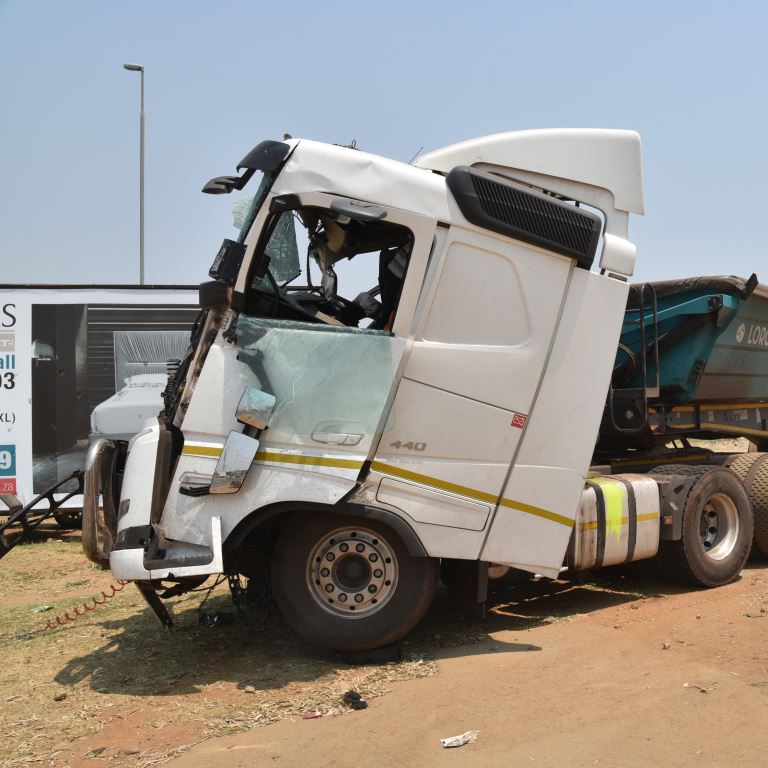By Bobby Shemmans, Managing Director, RNS Specialists (Pty) Ltd
Picture this: A seasoned truck driver, with years of experience under his belt, finds himself in the hot seat after a collision. The company’s knee-jerk reaction? Blame the driver. But what if we told you that this all-too-common scenario often masks a deeper, more insidious problem?
In the fast-paced world of road freight, time is money. This mentality, however, can lead to dangerous shortcuts in incident investigations. Many companies view these investigations as mere tick-box exercises or, worse, as tools to apportion blame quickly. The result? A silent erosion of trust between employer and employee, manifesting in repeat incidents that stem from an unhealthy safety culture.
Leadership: The cornerstone of safety culture
While external factors like socio-economic environments and political climates play a role, the undeniable truth is that an organization’s culture is fundamentally shaped by its leadership. From Beira to Lagos, Francistown to Matsapha, the best Health, Safety, and Environment (HSE) cultures can flourish even in the most challenging environments.
Consider a recent experience in Ibadan. Initially, safety signage adorned every wall, yet compliance was non-existent. It wasn’t a lack of understanding but rather a habit formed through years of tolerating unchanged practices. Fast forward a few months, and the transformation was remarkable. Staff were engaged, positive, and adhering to safety protocols. The catalyst? A shift in leadership attitude, focus, and commitment.
The Human Factor: Error vs Violation
Human factors contribute to approximately 80% of workplace incidents. However, it’s crucial to distinguish between errors and violations. Errors are unintentional, often resulting from inadequate awareness or skills. Violations, on the other hand, are intentional disregards of known rules.
This distinction is vital during incident investigations. Errors typically call for coaching and training, while violations warrant disciplinary action. Misclassifying these can have detrimental effects on your safety culture. Treating errors punitively demoralizes your workforce, while addressing violations with mere coaching justifies poor practices.
The true cost of high driver turnover
In the road freight industry, high driver turnover isn’t just a human resources headache -it’s a safety culture killer. The constant cycle of onboarding new drivers diverts resources from critical areas, perpetuating a cycle of incidents and blame.
The solution begins with a simple shift in perspective. Rather than viewing incident investigations as time-consuming burdens, see them as invaluable opportunities for improvement. Employing a competent facilitator can transform these events into goldmines of insight.
A skilled investigator looks beyond the immediate circumstances, considering all factors surrounding an incident before assigning responsibility. This approach not only uncovers systemic issues but also fosters a culture of continuous improvement and mutual trust.
A Call to Action for fleet owners and operators
As leaders in the road freight industry, the power to change lies in your hands. By prioritizing thorough, unbiased incident investigations and fostering a culture of safety from the top down, you can break the cycle of blame and build a more resilient, efficient, and safe operation.
Remember, a truly safe fleet isn’t built on fear of punishment, but on a foundation of mutual respect, continuous learning, and unwavering commitment to safety at all levels of the organization. It’s time to shift gears from blame to betterment – your drivers, your business, and the entire industry will thank you for it.





